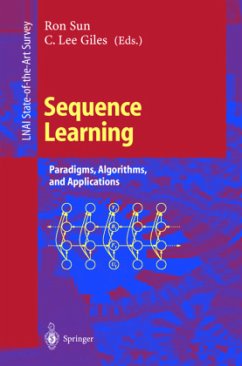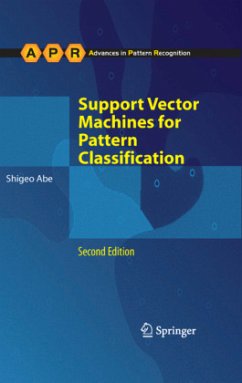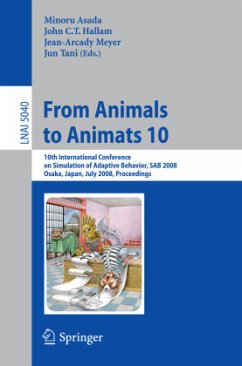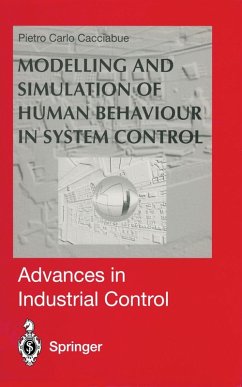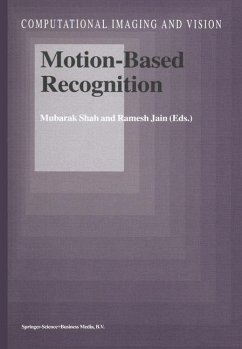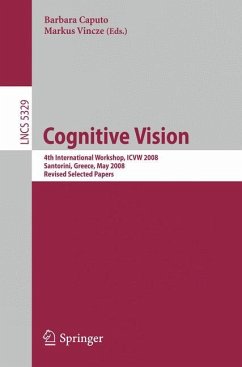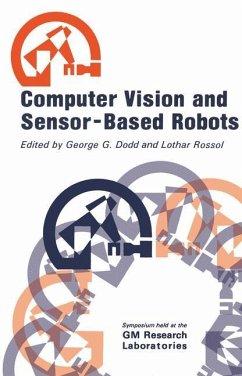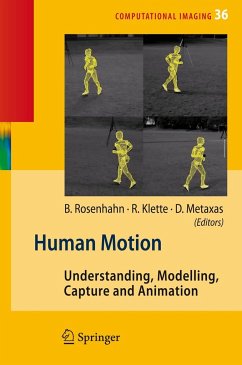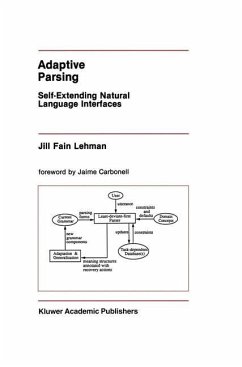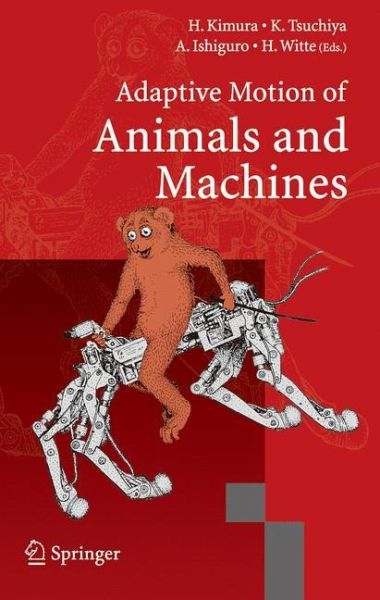
Adaptive Motion of Animals and Machines
Versandkostenfrei!
Versandfertig in 6-10 Tagen
38,99 €
inkl. MwSt.

PAYBACK Punkte
19 °P sammeln!
- Motivation It is our dream to understand the principles of animals' remarkable ability for adaptive motion and to transfer such abilities to a robot. Up to now, mechanisms for generation and control of stereotyped motions and adaptive motions in well-known simple environments have been formulated to some extentandsuccessfullyappliedtorobots.However,principlesofadaptationto variousenvironmentshavenotyetbeenclari?ed,andautonomousadaptation remains unsolved as a seriously di?cult problem in robotics. Apparently, the ability of animals and robots to adapt in a real world cannot be explained or r...
- Motivation It is our dream to understand the principles of animals' remarkable ability for adaptive motion and to transfer such abilities to a robot. Up to now, mechanisms for generation and control of stereotyped motions and adaptive motions in well-known simple environments have been formulated to some extentandsuccessfullyappliedtorobots.However,principlesofadaptationto variousenvironmentshavenotyetbeenclari?ed,andautonomousadaptation remains unsolved as a seriously di?cult problem in robotics. Apparently, the ability of animals and robots to adapt in a real world cannot be explained or realized by one single function in a control system and mechanism. That is, adaptation in motion is induced at every level from thecentralnervoussystemtothemusculoskeletalsystem.Thus,weorganized the International Symposium on Adaptive Motion in Animals and Machines(AMAM)forscientistsandengineersconcernedwithadaptation onvariouslevelstobebroughttogethertodiscussprinciplesateachleveland to investigate principles governing total systems. - History AMAM started in Montreal (Canada) in August 2000. It was organized by H. Kimura (Japan), H. Witte (Germany), G. Taga (Japan), and K. Osuka (Japan), who had agreed that having a small symposium on motion control, with people from several ?elds coming together to discuss speci?c issues, was worthwhile. Those four organizing committee members determined the scope of AMAM as follows.





